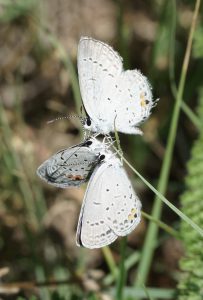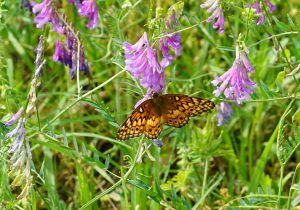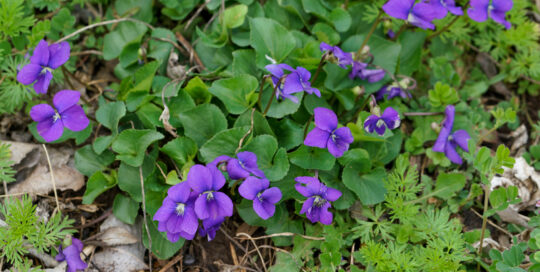Weeds- Not always a bad thing
Views: 5454
_1-300x232.jpg)
A weed is an undesirable plant or a plant in an undesirable location. We pull weeds, we spray them, we put down barriers to keep them out. We probably spend a fair amount of time cursing them, mentally, if not out loud.
When we moved in, my lawn was composed primarily of sandburs. Every summer since then, we’ve waged a war against sandburs, leaving patches of bare dirt everywhere. I do not have anything remotely resembling a manicured lawn. We’ve spread gramma grass seeds and some buffalo grass, too, but they compete with existing Bermuda grass, a variety of native grasses, and a host of weeds.
But today I was reminded why plants that most people consider to be weeds are not always a bad thing. (Sandburs, on the other hand, are always a bad thing.)
Most weekends I take my camera out to see what birds and butterflies I can find in my yard. Many butterflies are so small that they don’t attract a lot of attention. “Blues,” a group of blue-colored butterflies, are like that. Most are about the size of the nail on your ring finger. They usually don’t frequent the big flowers in the garden, either. They prefer grassy, weedy areas and the tiny wildflowers that crop up in my lawn.
Currently, I have several large mats of field clover (Tifolium campestre). Field clover has tiny, yellow flowers, and my blues love them. I have many Eastern tailed-blues, easily recognized by the little tail on their hindwing, the only blue in my area that has a tail. But I’ve also seen marine blues, Caraunus blues, Reakirt’s blues (see picture), and a single Western pygmy-blue that was just passing through.

Eastern tailed-blues.
It’s always exciting to see something that isn’t an Eastern tailed-blue, so I was pleased to find a Reakirt’s blue hopping around on a dense mat of field clover. I was even more excited when she started laying eggs.
My field guide to North American butterflies says that Reakirt’s blues’ larval food-plants are “flowers and buds of many legumes.” Actually, my guide says the same thing for many, if not most, blues, including marine, Caraunus, and Eastern tailed. Flipping through my butterfly guide beyond the blues, we come to sulphurs (yellow butterflies). Some sulphurs have specific host plants, but clouded and orange sulphurs’ host plants include clovers, alfalfa, and “other legumes.” The list of butterflies that use “legumes” as host plants is fairly lengthy.
When most people think of “legumes,” they think of peas, beans, and lentils. Food sources. But when my butterfly guide book uses such generic language, I translate this in my head to “clover, vetch, and other weeds.” My yard is devoid of cultivated legumes, but it has plenty of things that most people wouldn’t want growing in their flower beds or lawns, like my mats of field clover and vetch.

Variegated fritillary on vetch.
These weeds are why I have Reakirt’s blues in my yard. Sometime soon, the eggs laid today will be little butterflies flitting around, waiting for me to take their picture.
Meet Leslie Miller
Leslie Ann Miller shares 3.5 acres in rural Oklahoma with birds, butterflies and wide variety of animals. She is currently transforming her yard with plantings…
Leslie's Recent Posts

Early spring is time to plant native spring ephemerals






